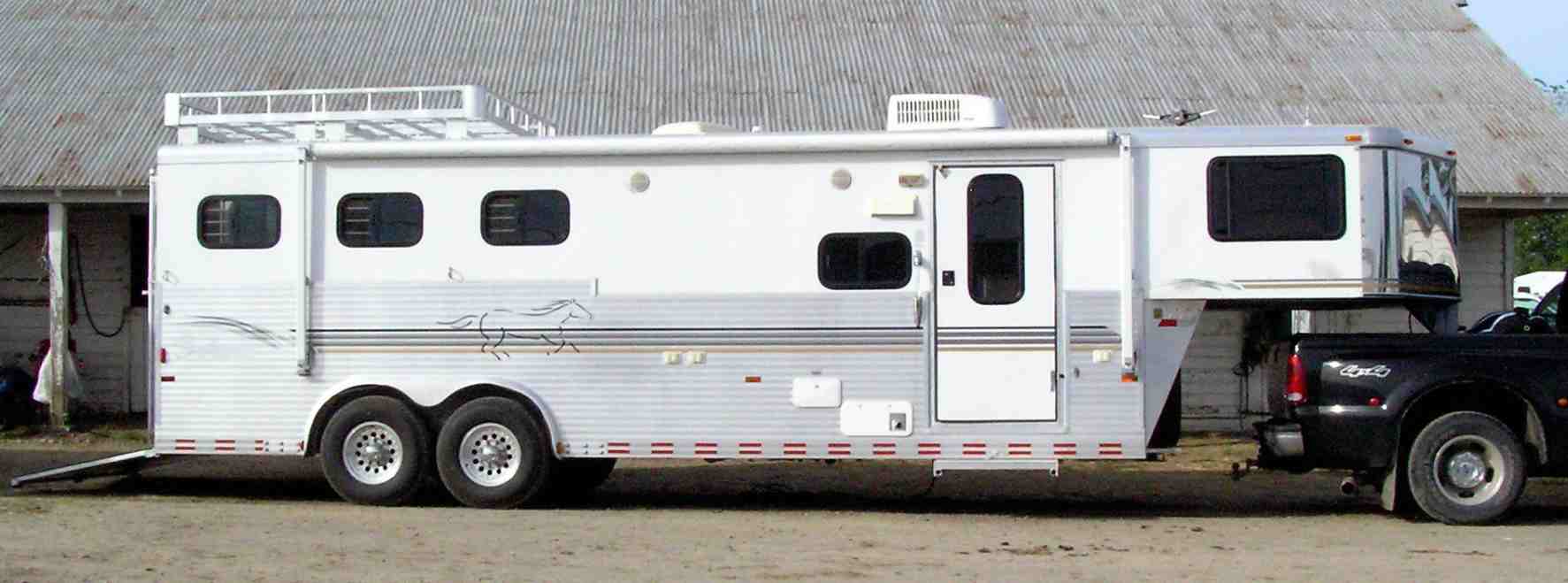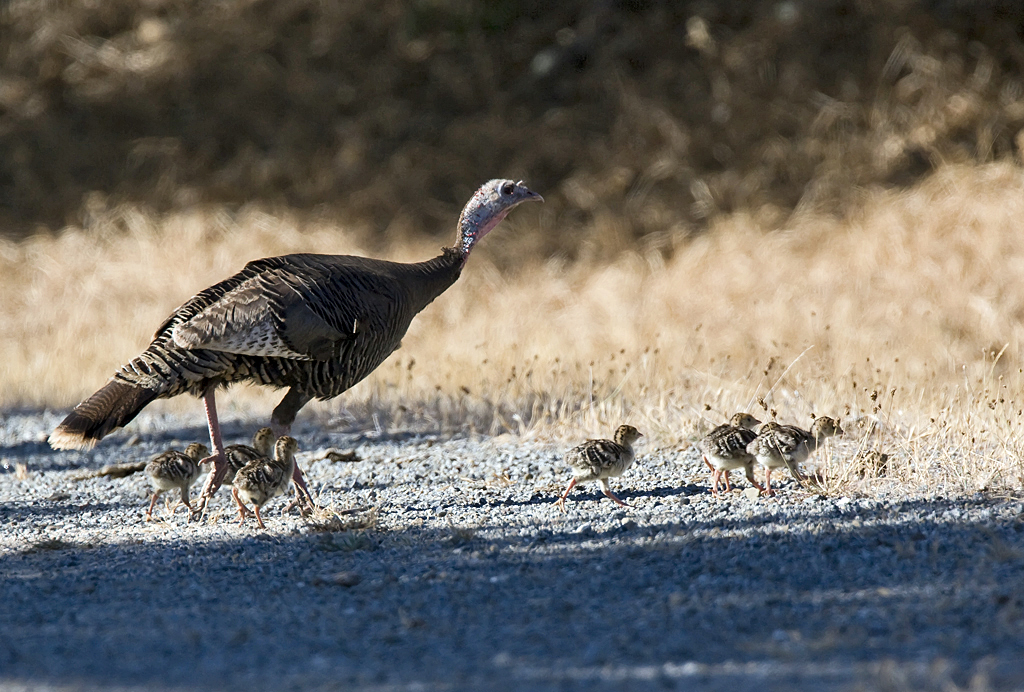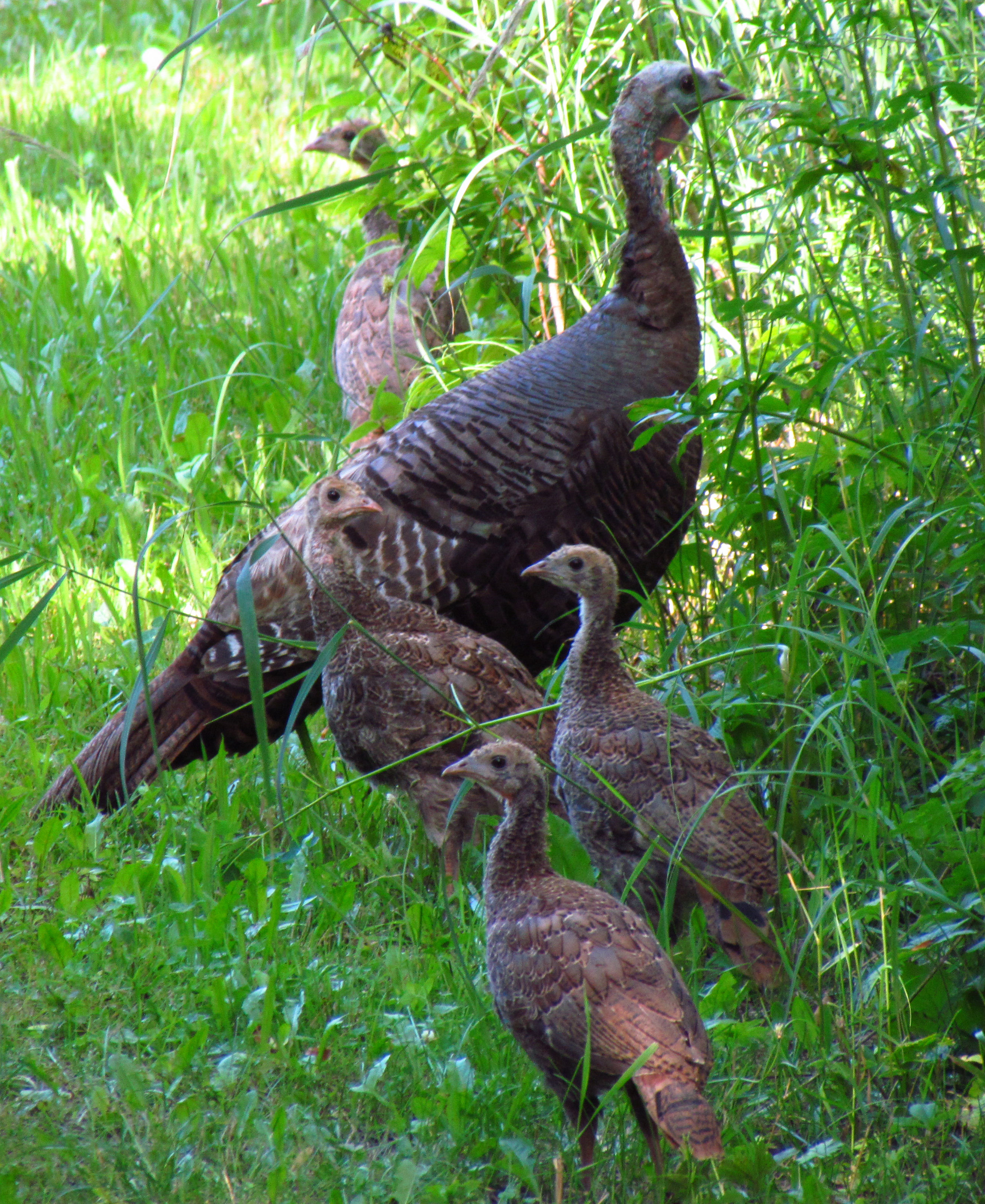The Equine Affaire starts tomorrow. It is the biggest Equine Exposition in the area. Held at the Eastern States Exposition grounds it fills seven of its buildings.
There are clinics, seminars and demonstrations all day, for four days, on everything equine. The biggest names in the equine industry come to speak about every topic including improving equitation over fences, caring for the aging horse, common toxic plants and everything in between.
There is a building containing a horse from every breed imaginable. Another is stuffed with vendors selling bridles, saddles, fences, feed, farm equipment. You name it, you can probably find it there. Yet another building with horse trailers of every type and size known to man.
Horse lovers paradise! I can't wait to go!
Wednesday, November 9, 2011
Tuesday, September 27, 2011
Lessons Learned from a Dentist
I have been a horse owner for over 35 years and I would like to think know more than your average Joe about my equine friends. So I am always excited to find out something new about them.
Horses teeth grow constantly and can grow sharp points on their molars which need to be filed down in a process called "floating". Yesterday I had the equine dentist out to "float" my boys teeth. He also looked at their incisors, said they both had a very good bite and that they must get regular turnout on pasture. What I never realized, but if you think about it it should be common sense, is that their incisors grow at the same rate. Grabbing and ripping out grass is how they wear them down. My horses have always had access to pasture so it never dawned on me that horses on a hay/pellet diet don't use they incisors as much and often have trouble.
Yet another reason for keeping horses as natural as possible!
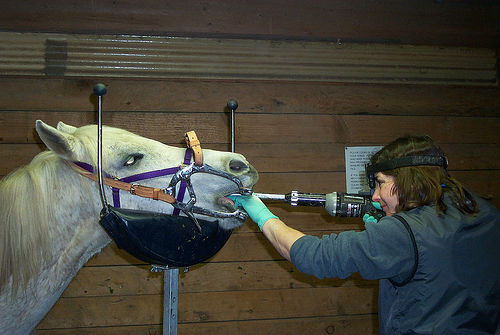 |
| An equine dentist at work |
Horses teeth grow constantly and can grow sharp points on their molars which need to be filed down in a process called "floating". Yesterday I had the equine dentist out to "float" my boys teeth. He also looked at their incisors, said they both had a very good bite and that they must get regular turnout on pasture. What I never realized, but if you think about it it should be common sense, is that their incisors grow at the same rate. Grabbing and ripping out grass is how they wear them down. My horses have always had access to pasture so it never dawned on me that horses on a hay/pellet diet don't use they incisors as much and often have trouble.
Yet another reason for keeping horses as natural as possible!
Wednesday, September 14, 2011
A Horse of a Different Color
I am always amazed at the variety of colors in horses. They can be a virtual rainbow of shades here are just a few:
Black- A uniform jet black color on the body mane and tail.
Dark Bay- A dark seal brown, almost black, body color, mane and tail, with lighter brown hair on the muzzle, ear tips, around the eyes and on the flank.
Bay or "Blood Bay"- A reddish brown body color with black mane and tail and black points (black on all the legs from the knee and the hock down, black muzzle and ear tips).
Chestnut or Sorrel - Brown or red hair on all parts of the body, mane and tail. "Sorrel" refers to a lighter brown color and "Chestnut" is a darker brown. A very dark chestnut horse is called a "Liver Chestnut".
Grullo/Buckskin- These horses have the same black mane, tail and points as the bay and a have pronounced dark dorsal stripe running from the withers to the dock of the tail. Grullos have a gray body color, Buckskins have a light yellow body color.
Red Dun- Similar to Grullo and Buckskin but have a darker yellow to almost chestnut body color and mane, tail and points are more of a red chestnut color rather than black.
Palomino-A yellow body color with a light, sometimes even white, mane and tail.
Gray- Grays have dark gray to almost black skin with white to dark gray hair on the body and a mane and tail to match. Most "white" horses you see are really grays. Their dark skin is most noticeable around the eyes and muzzle. When they are wet it is very easy to see the darker skin through the lighter coat color. Many grays are born with dark hair and lighten as the get older.
White- They horses have white hair all over their body, mane and tail, pink skin, and usually blue, sometimes brown, eyes.
Black- A uniform jet black color on the body mane and tail.
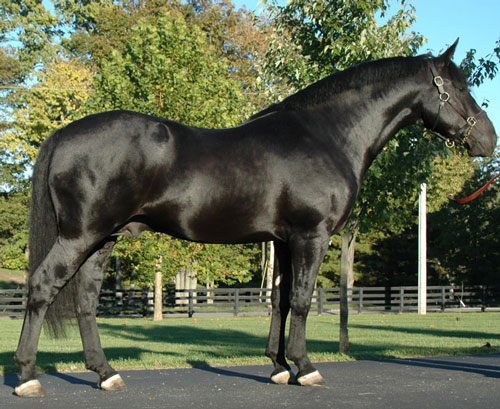 |
| Black |
Dark Bay- A dark seal brown, almost black, body color, mane and tail, with lighter brown hair on the muzzle, ear tips, around the eyes and on the flank.
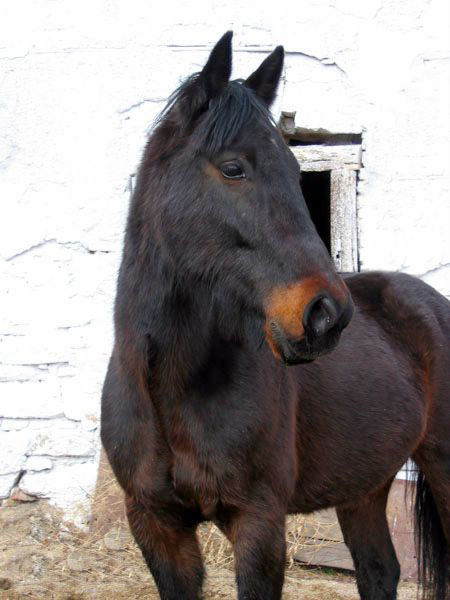 |
| Dark Bay |
Bay or "Blood Bay"- A reddish brown body color with black mane and tail and black points (black on all the legs from the knee and the hock down, black muzzle and ear tips).
 |
| Bay |
Chestnut or Sorrel - Brown or red hair on all parts of the body, mane and tail. "Sorrel" refers to a lighter brown color and "Chestnut" is a darker brown. A very dark chestnut horse is called a "Liver Chestnut".
 |
| Chestnut |
Grullo/Buckskin- These horses have the same black mane, tail and points as the bay and a have pronounced dark dorsal stripe running from the withers to the dock of the tail. Grullos have a gray body color, Buckskins have a light yellow body color.
 |
| Grullo |
| Buckskin |
 |
| Red Dun |
Palomino-A yellow body color with a light, sometimes even white, mane and tail.
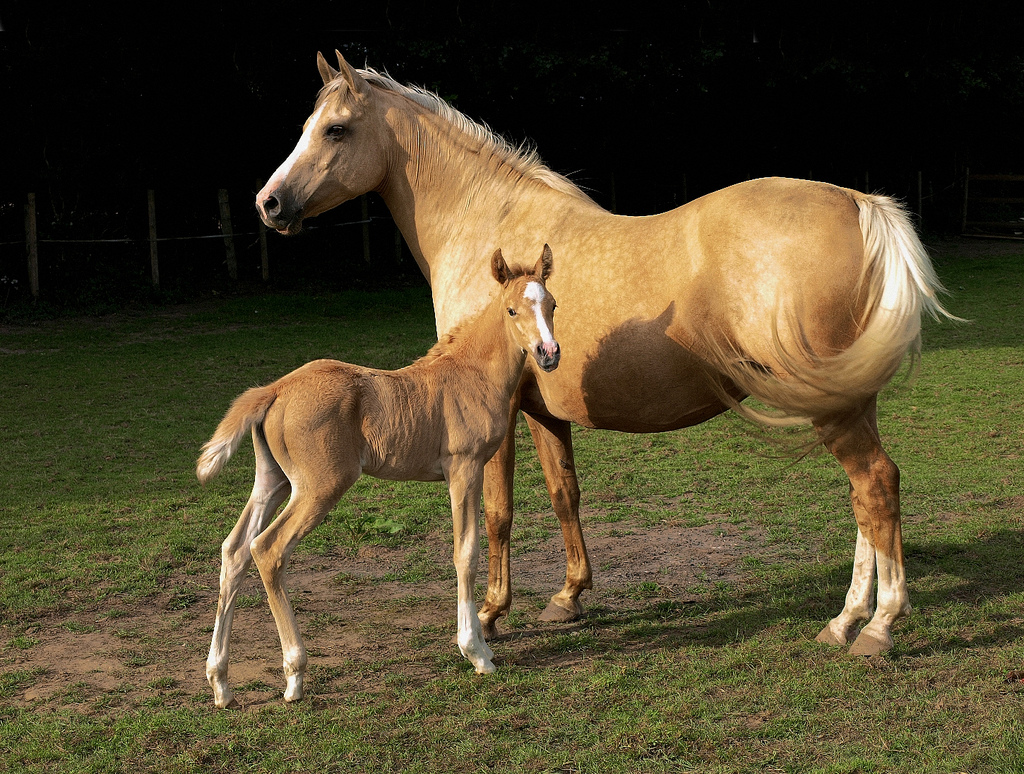 |
| Palomino |
Gray- Grays have dark gray to almost black skin with white to dark gray hair on the body and a mane and tail to match. Most "white" horses you see are really grays. Their dark skin is most noticeable around the eyes and muzzle. When they are wet it is very easy to see the darker skin through the lighter coat color. Many grays are born with dark hair and lighten as the get older.
 |
| Gray Variations |
| White |
Wednesday, August 31, 2011
A New Arrival
While we were in Ireland this summer we took regular walks into the town. Near the post office there was a small field with two small ponies and their foals.
Both mares were obviously pregnant again, the fleabitten looked like she was just days away, and I was hoping that she would foal before I had to leave. Unfortunately, she didn't not, but a friend was able to snap this picture when the foal was only a few days old. So cute!
Both mares were obviously pregnant again, the fleabitten looked like she was just days away, and I was hoping that she would foal before I had to leave. Unfortunately, she didn't not, but a friend was able to snap this picture when the foal was only a few days old. So cute!
Monday, August 15, 2011
Lets Talk Turkey
Since we moved to our current home, seven years ago, we have been visited by many groups of wild turkeys. The first year we were here, we had a pair and their 15 chicks visit our field occasionally. The couple that sold us the house had named the pair Franklin and Eleanor. When the chicks had grown and moved on we saw Franklin and Eleanor from time to time pecking their way through the field.
In recent years a third had joined them and we called her Anna (Franklin and Eleanor's only daughter). We had not seen the trio for awhile, then, this spring, Anna showed up with six poults (baby turkeys).
We have watched Anna carefully tend her little flock all summer. It is quite a feat to be a single mother of six. Every evening I see them parading across the field nibbling seeds and eating bugs. I watched them make some of their first flights and have seen them improving everyday. Most nights they roost in one of the trees in the field or by the house and I watch them as the settle in for the night.
Today I saw one of the larger poults on its own. It was happily pecking its around my garden, then, with a running start, flew right past me into a tree and found a place to roost. I was very proud of it, being on its own, but, I was also very sad to think that my little turkeys are growing up. Soon they will all go their separate ways and I will miss them!
In recent years a third had joined them and we called her Anna (Franklin and Eleanor's only daughter). We had not seen the trio for awhile, then, this spring, Anna showed up with six poults (baby turkeys).
We have watched Anna carefully tend her little flock all summer. It is quite a feat to be a single mother of six. Every evening I see them parading across the field nibbling seeds and eating bugs. I watched them make some of their first flights and have seen them improving everyday. Most nights they roost in one of the trees in the field or by the house and I watch them as the settle in for the night.
Today I saw one of the larger poults on its own. It was happily pecking its around my garden, then, with a running start, flew right past me into a tree and found a place to roost. I was very proud of it, being on its own, but, I was also very sad to think that my little turkeys are growing up. Soon they will all go their separate ways and I will miss them!
Wednesday, August 3, 2011
My Summer Vacation
I was lucky enough to spend two weeks in Ireland at the beginning of the summer. Down the road from where I stayed was Long's Horse Riding so, I got in a couple of treks during my trip. They have beautiful Irish Cobs in all sizes and colors. The Irish Cob is a very compact, stocky and powerful breed that is known for its docile and willing nature. They have feathered legs, a luxuriant mane and tail and can be any solid color, including greys and roans, as well as pinto.
This guy is a beautiful example of a an Irish Cob. Don't you just want to squeeze him!? When the sun shown on him he had the most gorgeous dapples!
My first trek was an a short trip down to the beach for an invigorating gallop down the strand and back. Unfortunately, during our first pass I was stuck behind a pony and had to keep holding my horse from running up the pony's backside. (darn those ponies and their short strides!) When we turned around I was able to get in front of the pony and just let my horse go. Great fun! There is nothing like a gallop on the beach!
My second trek was on this guy, King. What a handsome man! We went on a mountain ride and had a wonderful canter up the mountain you can see in the back.
What a beautiful view! I can't wait to go back!
This guy is a beautiful example of a an Irish Cob. Don't you just want to squeeze him!? When the sun shown on him he had the most gorgeous dapples!
My first trek was an a short trip down to the beach for an invigorating gallop down the strand and back. Unfortunately, during our first pass I was stuck behind a pony and had to keep holding my horse from running up the pony's backside. (darn those ponies and their short strides!) When we turned around I was able to get in front of the pony and just let my horse go. Great fun! There is nothing like a gallop on the beach!
My second trek was on this guy, King. What a handsome man! We went on a mountain ride and had a wonderful canter up the mountain you can see in the back.
What a beautiful view! I can't wait to go back!
Monday, June 20, 2011
Bit Basics
Bits come in all shapes, sizes and materials and rest on the tongue in the space between the incisors and the molars. It places pressure on the tongue, the fleshy sides of the mouth, called the bars, and, in some cases, the poll or top of the head.
This is a full cheek snaffle. This also is a single joint, but it is rubber coated. The full cheek's distinguishing characteristics are the bars that extend above and below the ring. This was Toby's first bit. I choose this because the bars help to guide the horse laterally and prevent the bit from sliding through the mouth. An important tool for training a young horse how to turn.
The rubber coating helps a young horse except the bit easier.
This is what I ride Toby in now. It is still a full cheek that will aid in turning, but I have switched him to a regular stainless steel with a double jointed "french link" in the middle. This link lays flat on the tongue and reduces the "nutcracker" action that the single joint has. This is a very mild bit.
The french link is not to be confused with the "Dr. Bristol" which looks very similar, but the link in the middle in turned 45 degrees so the edge rests against the tongue. This creates a pressure point on the tongue and is more severe.
This is the bit I ride Casey in. It is a D-ring french link snaffle with a plastic mouthpiece. Casey has a very sensitive mouth and it took me years to find a bit that doesn't make him "chomp" constantly. The synthetic plastic material is often more acceptable to horse with sensitive mouths and the french link makes this very mild. The straight sides of the D-ring help to aid in lateral movement much like the full cheek, without being overpowering. Casey has accepted this bit although there is still some chomping occasionally. I think he would be much happier in a hackamore or a bitless bridle. That will be my next endeavor.
So that is just the tip of the iceberg when it comes to bits and bitting. I hope to cover more in future blogs so, stay tuned!
I am going to focus on the snaffle type bit here today because it is the only type that uses a single rein and is also the most common. There are several different types of cheek pieces and mouth pieces which, when combined, create a myriad of styles that can be as unique as the horse that wears it.
This picture has examples of two of the most basic snaffles, an eggbutt in the center, and loose ring on either side. On the eggbutt, the ring is fixed and can not rotate through the mouthpiece so it does not pinch the horse's lips. The loose ring tends to let the horse relax it's jaw a bit more, but it can pinch the lips. All three of these bits are stainless steel and have a basic single joint in the middle.
 |
| Loose Ring and Eggbutt Snaffles |
This picture has examples of two of the most basic snaffles, an eggbutt in the center, and loose ring on either side. On the eggbutt, the ring is fixed and can not rotate through the mouthpiece so it does not pinch the horse's lips. The loose ring tends to let the horse relax it's jaw a bit more, but it can pinch the lips. All three of these bits are stainless steel and have a basic single joint in the middle.
 |
| Rubber Full Cheek |
The rubber coating helps a young horse except the bit easier.
 |
| French Link Full Cheek |
The french link is not to be confused with the "Dr. Bristol" which looks very similar, but the link in the middle in turned 45 degrees so the edge rests against the tongue. This creates a pressure point on the tongue and is more severe.
 |
| Synthetic French Link D-ring |
So that is just the tip of the iceberg when it comes to bits and bitting. I hope to cover more in future blogs so, stay tuned!
Thursday, June 2, 2011
Sunday, May 29, 2011
What is wrong with ewe?
I was watching the Preakness with my husband last week and as Mucho Macho Man paraded by he said "What is wrong with that horse?".
He was referring to the horse's "ewe neck". This occurs when a horses is poorly muscled over the top-line and has a noticeable dip in the neck just before the withers. It tends to make the neck look skinny and a bit odd.
 | ||
| Ewe Neck |
 | ||||
| Average Neck |
This condition is typically seen in young horses (Mucho Macho Man) and undernourished horses where muscles are underdeveloped. The good news is that is can be corrected with proper conditioning and exercise.
Tuesday, May 17, 2011
How to Build a Tack Trunk, Part Two
Yeah! I finally finished it! Here is what I did:
 I started by attaching a chain to either side of the lid to keep it from flopping back when opened.
I started by attaching a chain to either side of the lid to keep it from flopping back when opened.
Then I started a small storage box. I cut the pieces to size and routered them.
I glued and nailed the box together, countersunk the nails and filled the holes.
Then stained it.
Next I worked on the brush box. Again, I cut the pieces to size...
routered...
and glued and nailed.
I used a 5/8" dowel for the handle. After drilling a hole at either end of the box and inserting the dowel, I countersunk a nail through the top on both sides to keep the dowel from moving. Then stained the whole box.
I added some cleats on the inside of the trunk so the boxes would have a place to rest and...
 I started by attaching a chain to either side of the lid to keep it from flopping back when opened.
I started by attaching a chain to either side of the lid to keep it from flopping back when opened. Then I started a small storage box. I cut the pieces to size and routered them.
I glued and nailed the box together, countersunk the nails and filled the holes.
Then stained it.
Next I worked on the brush box. Again, I cut the pieces to size...
routered...
and glued and nailed.
I used a 5/8" dowel for the handle. After drilling a hole at either end of the box and inserting the dowel, I countersunk a nail through the top on both sides to keep the dowel from moving. Then stained the whole box.
I added some cleats on the inside of the trunk so the boxes would have a place to rest and...
Voila! The finished product!
Thursday, May 5, 2011
How to Build a Tack Trunk, Part One
My niece is 12 years old and has the horse bug just as bad as I do. One of her first words, actually, I should say one of her first signs, was horse. You see she was born profoundly deaf and could only communicate through sign language for the first few years of her life. My brother, seeing that there was not a lot of early intervention programs for children with hearing loss in our area, started The Decibels Foundation to raise money to help pay for such programs. This year they are holding their second annual horse show and I decided to make a tack box to donate to the silent auction.
This is how I went about it:
 I used some 3/4 inch birch veneer plywood, cut out front, back and side panels for the basic box and routered the edges.I added some trim to the inside so I would have something to nail the floor to. Then I cut and attached the floor.
I used some 3/4 inch birch veneer plywood, cut out front, back and side panels for the basic box and routered the edges.I added some trim to the inside so I would have something to nail the floor to. Then I cut and attached the floor.
I attached some 1 by 3 for the base trim and...
...a 1 by 2 for the top trim.
Added some corner trim to the sides. Then countersunk any nails, filled the holes with wood putty, and sanded for a neater look.
I attached some thin pieces of wood to the inside corners as guides for the small storage box and brush box I will be making in part two.
Then using more 1 by 2 and some 1/2 inch birch veneer plywood I built the lid.
I stained the whole thing and attached the lid with a piano hinge.
Added a latch and some handles and the basic trunk was finished!
Stay tuned for part two...
This is how I went about it:
 I used some 3/4 inch birch veneer plywood, cut out front, back and side panels for the basic box and routered the edges.
I used some 3/4 inch birch veneer plywood, cut out front, back and side panels for the basic box and routered the edges.I attached some 1 by 3 for the base trim and...
...a 1 by 2 for the top trim.
Added some corner trim to the sides. Then countersunk any nails, filled the holes with wood putty, and sanded for a neater look.
I attached some thin pieces of wood to the inside corners as guides for the small storage box and brush box I will be making in part two.
Then using more 1 by 2 and some 1/2 inch birch veneer plywood I built the lid.
I stained the whole thing and attached the lid with a piano hinge.
Added a latch and some handles and the basic trunk was finished!
Stay tuned for part two...
Subscribe to:
Posts (Atom)


